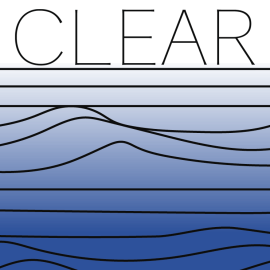Historical Wild and Country Food Consumption in NL (500-2011 AD)
Eating wild and country food is so important in Newfoundland and Labrador, and the number of people that hunt, fish and forage here is high compared to other parts of Canada. The number of individuals participating in fishing in 2016 is 44.2%, which is 21.9% above the national average. Additionally, nearly 40% of Newfoundlanders and Labradorians forage for food, which is 23% above the national average and over 20% hunt and trap, which is 14% above the national average (StatisticsCanada, 2020). All of these food activities are linked to food security and sovereignty in the province. There are plentiful sources of information on wild and country food in the province, including stories passed on through families and communities, field guides, historical surveys, hunting permits, academic research, and more, but these sources are scattered.
CLEAR member John Atkinson compiled a database organizing existing published information about who eats what, where and how in Newfoundland and Labrador with information from 8,000 years ago to 2011. This database was analyzed for which types of food were mentioned most often, and how those frequencies changed over time. Working with Food First NL, we created infographics of the major wild food items in the province. A report analyzing the dataset, “A Review of Wild and Country Foods in Newfoundland and Labrador, Canada: The Importance of Key Food Sources Despite a Decrease in Consumption Over Time,” outlines the key findings of the compiled data.
The results of this analysis indicate that seals and caribou have been the most important species overall and over time, along with marine mammals in general. At the same time, consumption of seal and caribou has declined over time and comparatively few of these species have been consumed after the cod collapse in 1992. Fish, especially Atlantic cod, have been historically associated with the province and this analysis shows a similar decline in consumption after the cod collapse even as they remain an important defining species in the province’s identity. This report not only points to the foods that are important in the province, but how they change over time and how there can be gaps between social narratives of important foods and those that are most commonly consumed.
- Aktinson, John. (2020). “A Review of Wild and Country Foods in Newfoundland and Labrador, Canada: The Importance of Key Food Sources Despite a Decrease in Consumption Over Time,” Environmental Sciences Program, Memorial University.
- Atkinson, John, Max Liboiron, Natasha Healey, Nadia Duman, Marissa Van Harmelen (2019). Database of wild and country foods. CLEAR, Memorial University.
- NL wild food infographics as a PDF
- Plain text version of the graphics and fact sheets in a Google Doc suitable for screen readers and screen magnifiers.






